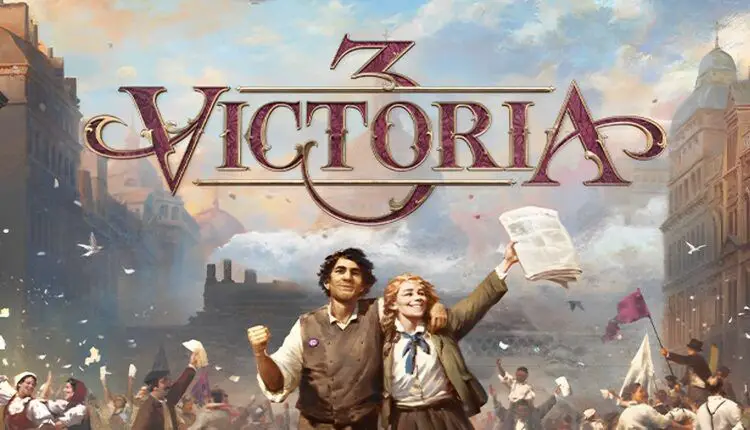In Victoria 3 production methods are quite crucial to take into account as a building’s functions, its inputs and outputs, and the types of employees it needs to run are all determined by the production techniques. Therefore in this article, we are going to explain the Victoria 3 production methods, how can you decide, and what could the results be.
Actions in Victoria 3 have consequences, and cutting-edge inventions don’t only improve buildings without having any negative impacts. It is normal for industrial processes to develop through time, but sometimes these advancements may call for inputs that the nation has limited access to, while other times they may allow for the production of a new type of end product at the expense of the old one. Because of this, upgrading a building in Victoria 3 requires more flexible upgrade options and is not a simple, straightforward process.
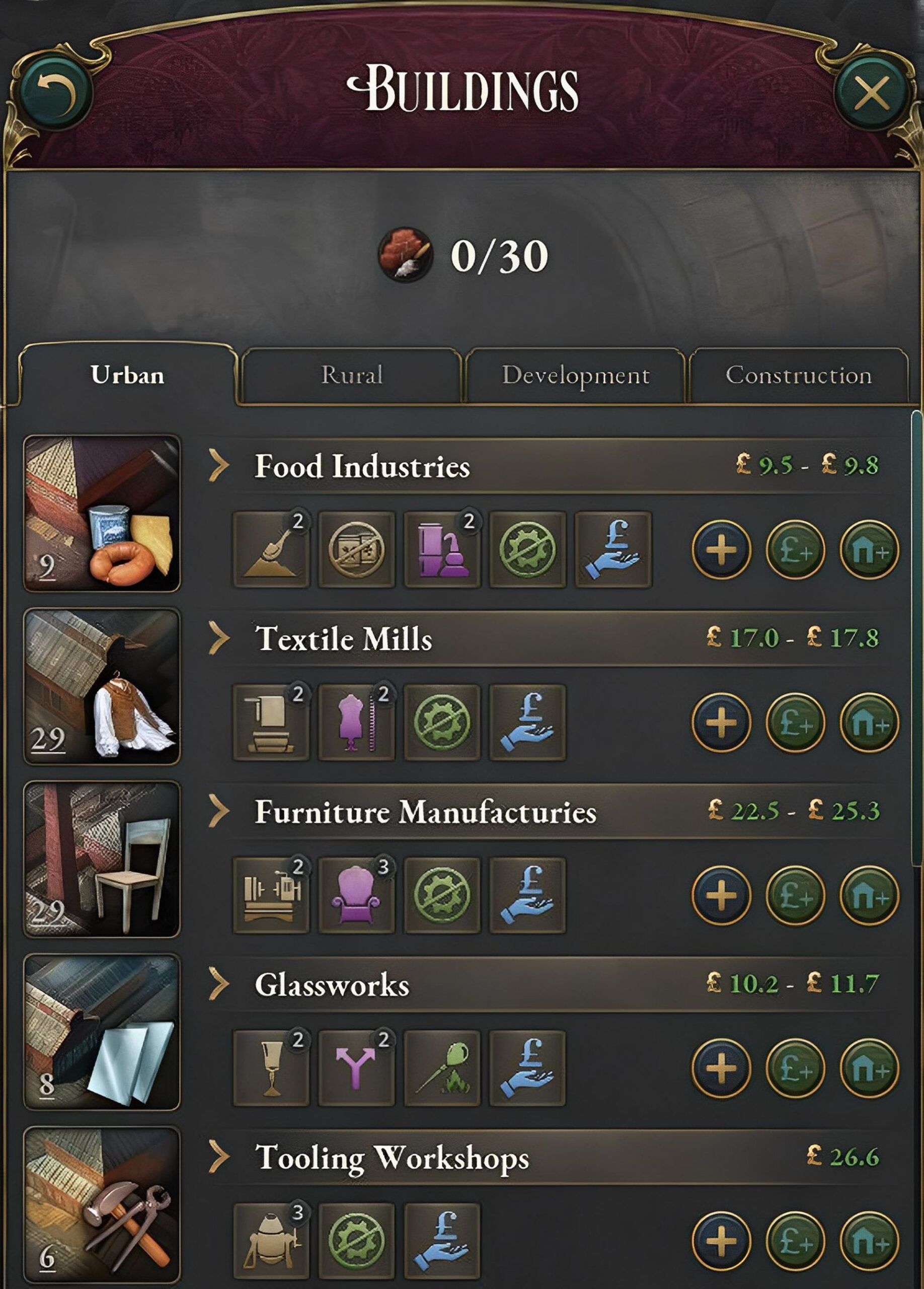
Victoria 3 production methods and their types
There are typically between 2 and 5 categories of production procedures in each building. Each category only has one active member at any one moment.
The majority of categories fit one of these categories:
- Base: Controls the building’s overall “tech level” and efficacy and provides items unique to the building type.
- Refining – Adds a special input sometimes while reducing the output of common commodities in favor of the output of specialized or premium items.
- Automation – Increases the amount of industrial input to lower the need for unskilled labor in the building.
- Ownership: Who owns the building’s shares is determined by ownership, which is often defined by laws.
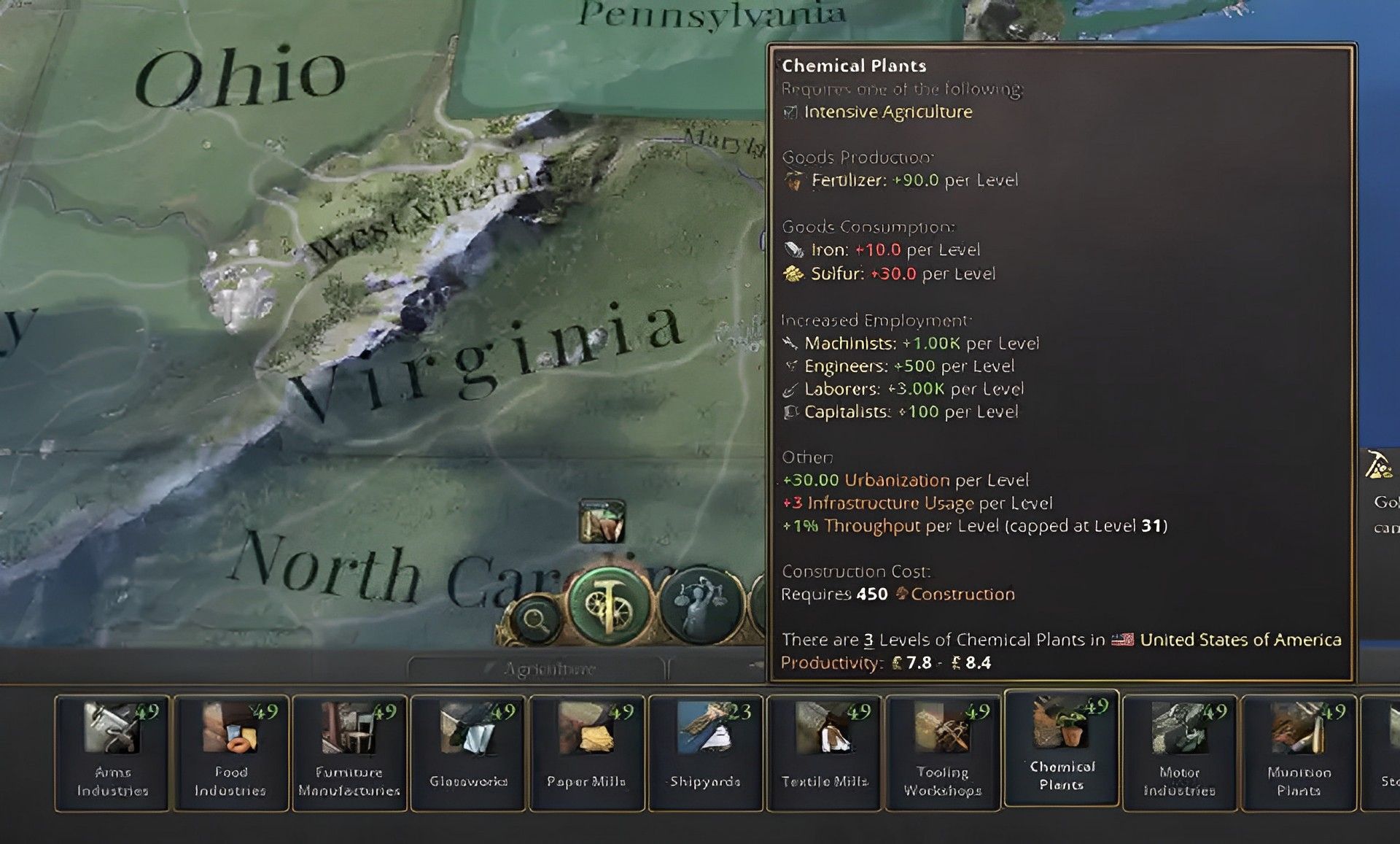
Iron mine example
It is feasible to examine the differences between the various manufacturing techniques using the iron mine building as an example:
Base production method
Determines whether miners simply use picks and shovels or if they also employ a pump powered by an engine. What fuel is utilized depends on a number of different pumping systems. The more resources that can be reached and the faster iron can be mined, the more coal or oil must be used in the pumping mechanism. More engineers and machine operators must be present to supervise and regulate the operation of higher sophisticated pumps. This increases the need for qualified personnel and makes a number of better-paying employment available to individuals who match the requirements.
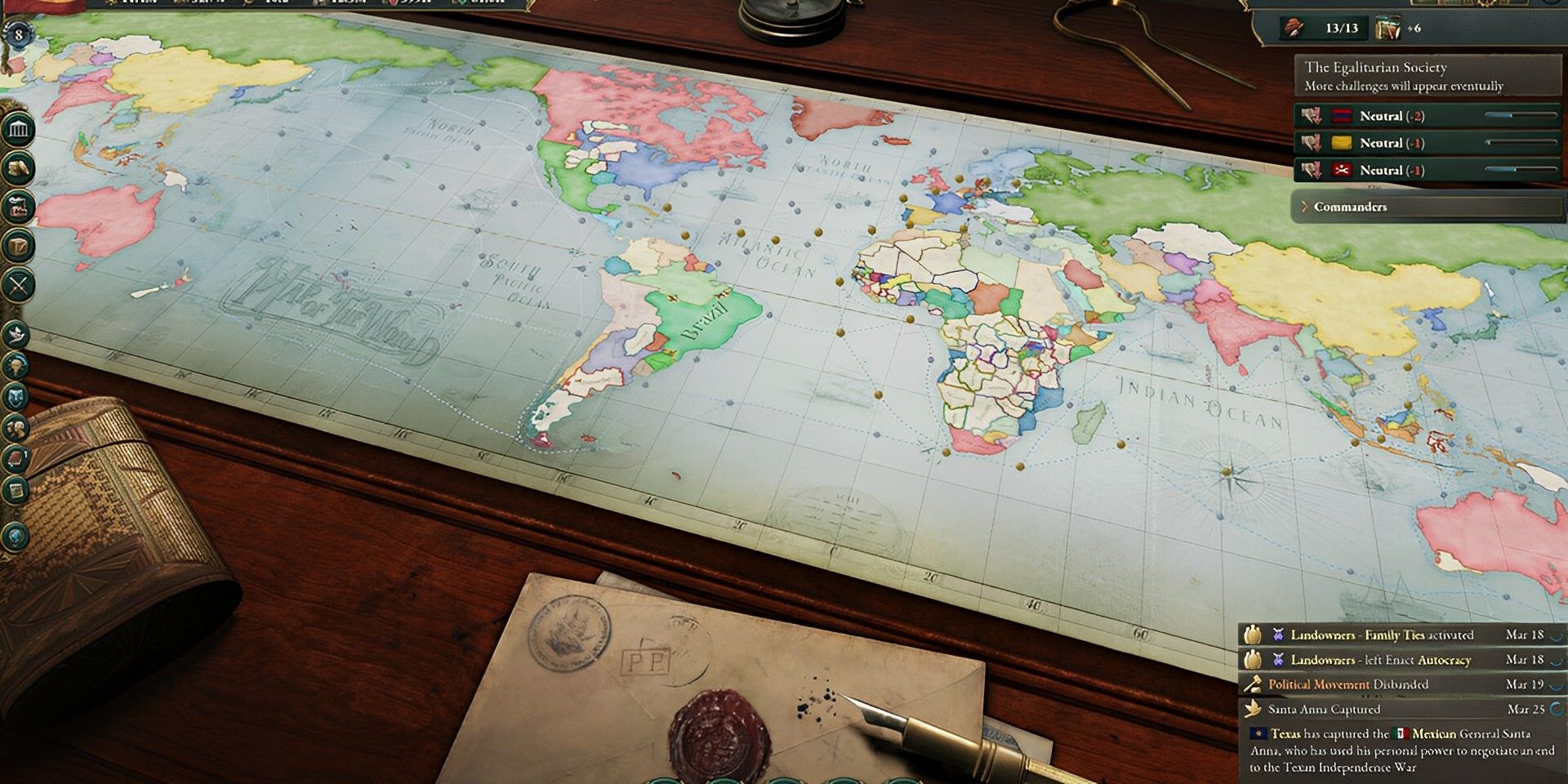
Secondary production method (used only in mines)
Explosives were used in mining thanks to the era’s development in chemical sciences. As nitroglycerin is developed, it can replace chemical industry-produced explosives in mines to create even more minerals. Yet, doing so also results in more workplace mishaps. Even more, minerals are recovered at the expense of even more explosives thanks to the development of less volatile dynamite, and there is also the added bonus of significantly fewer workplace explosions.
Automation production method
The amount of manual labor needed only for transporting can be significantly decreased at mining locations once portable steam donkey engines are invented. This increases the cost of the building in terms of coal and engines but lowers the cost of the labor they must pay. Maybe more crucially, if the state is short on labor, it frees up those laborers to perform other tasks in other structures. It’s crucial to remember, however, that if wages are already extremely low, it might not be a smart idea to buy expensive industrial items in order to further expand the pool of unskilled workers.
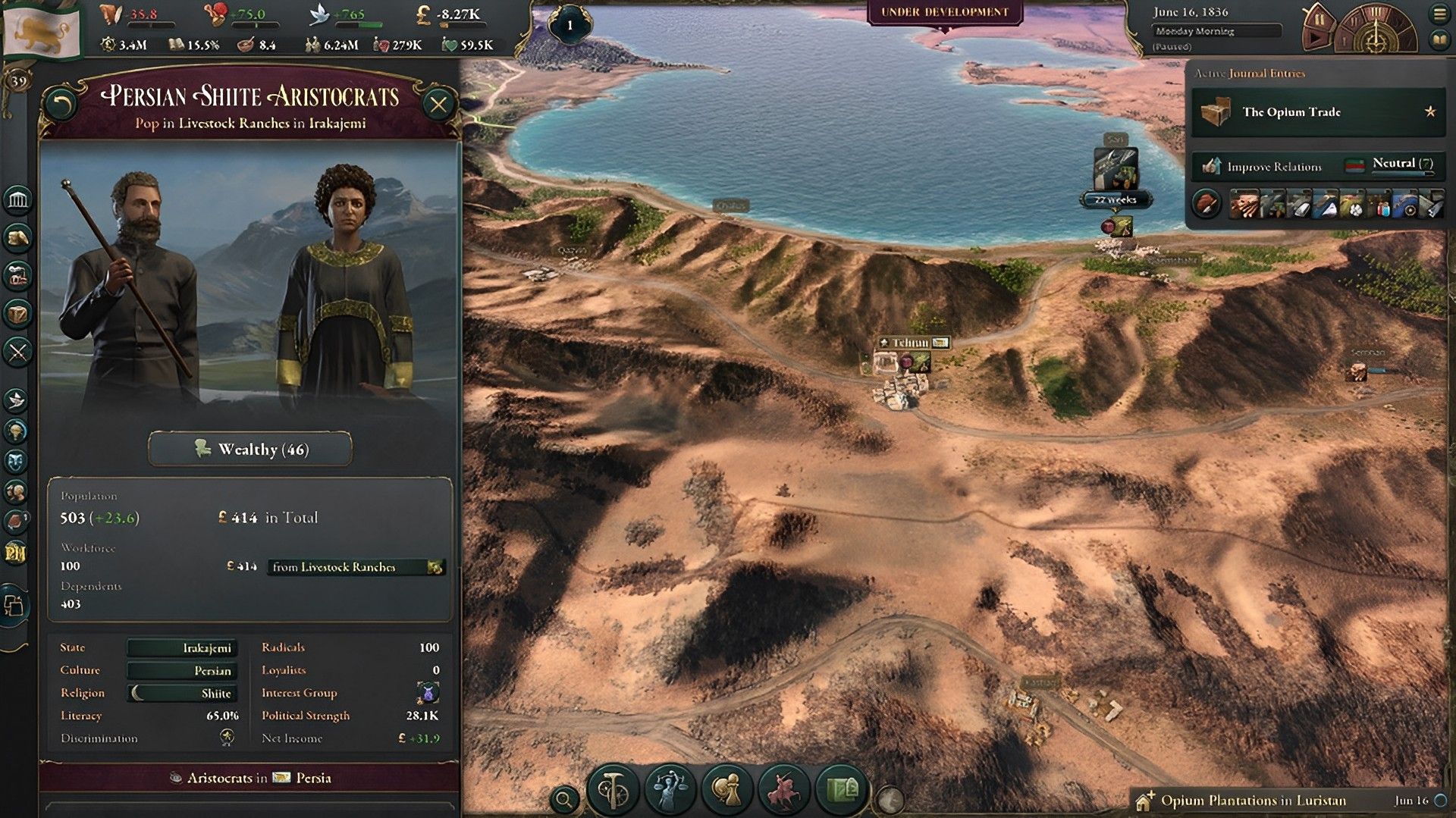
Ownership production method
Simple mines are typically owned and run by merchant guilds at the beginning of the game in most nations. They are small-scale producers of the commodities sold by store owners. Capitalists will enter the picture to seize control of mines as they start to industrialize. The majority of these businesspeople will be merchants who have been elevated to these newly formed roles, but some may come from other towns in the state or even from other businesspeople who own structures that are not quite as profitable as these new mines.
Although there are fewer capitalists, they make more than shopkeepers and—more importantly—depending on how much profit their workplace is producing for them, they will reinvest some of their earnings into the nation’s burgeoning industry. When new ideas proliferate in your society, you might be able to nationalize the mining sector so that it is controlled by government bureaucrats or transform it into cooperatives where the profits are shared among the employees later on in the game.
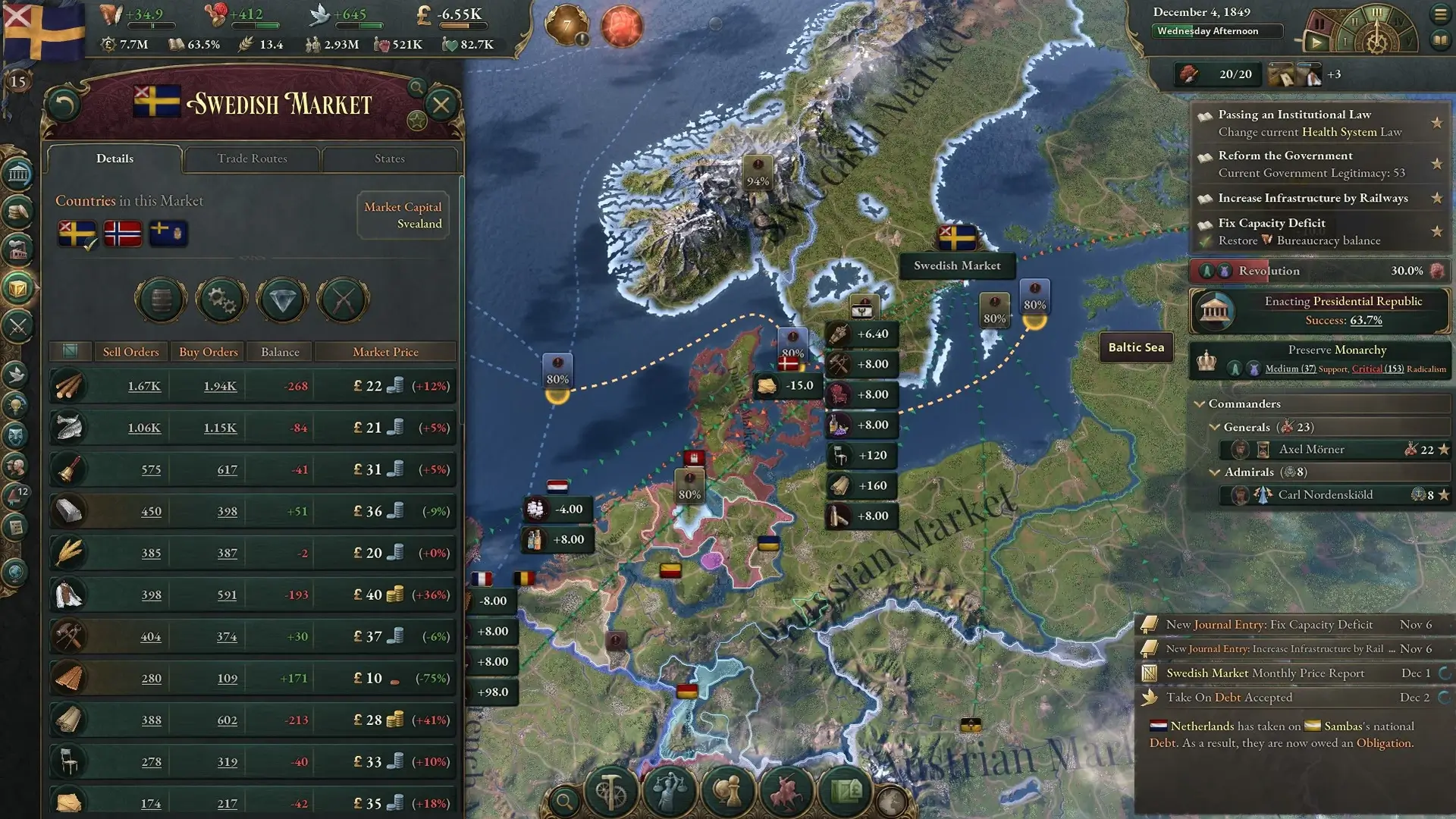
How to manage Victoria 3 production methods?
The player can make use of the buildings panel to simplify the management of all the various buildings (and the accompanying manufacturing techniques) in the nation. The way to manage Victoria 3 production methods goes through this panel.
The panel offers a birds-eye perspective of all industries in the nation and allows users to quickly assess their financial health. The buildings are divided into major and minor types and may be viewed individually for each state by clicking on one. This will give you a detailed look at the building’s workforce and financial sheet. Also, the panel enables setting all production techniques for a certain building type to a specific setting across the entire nation or altering the production methods of a single structure.
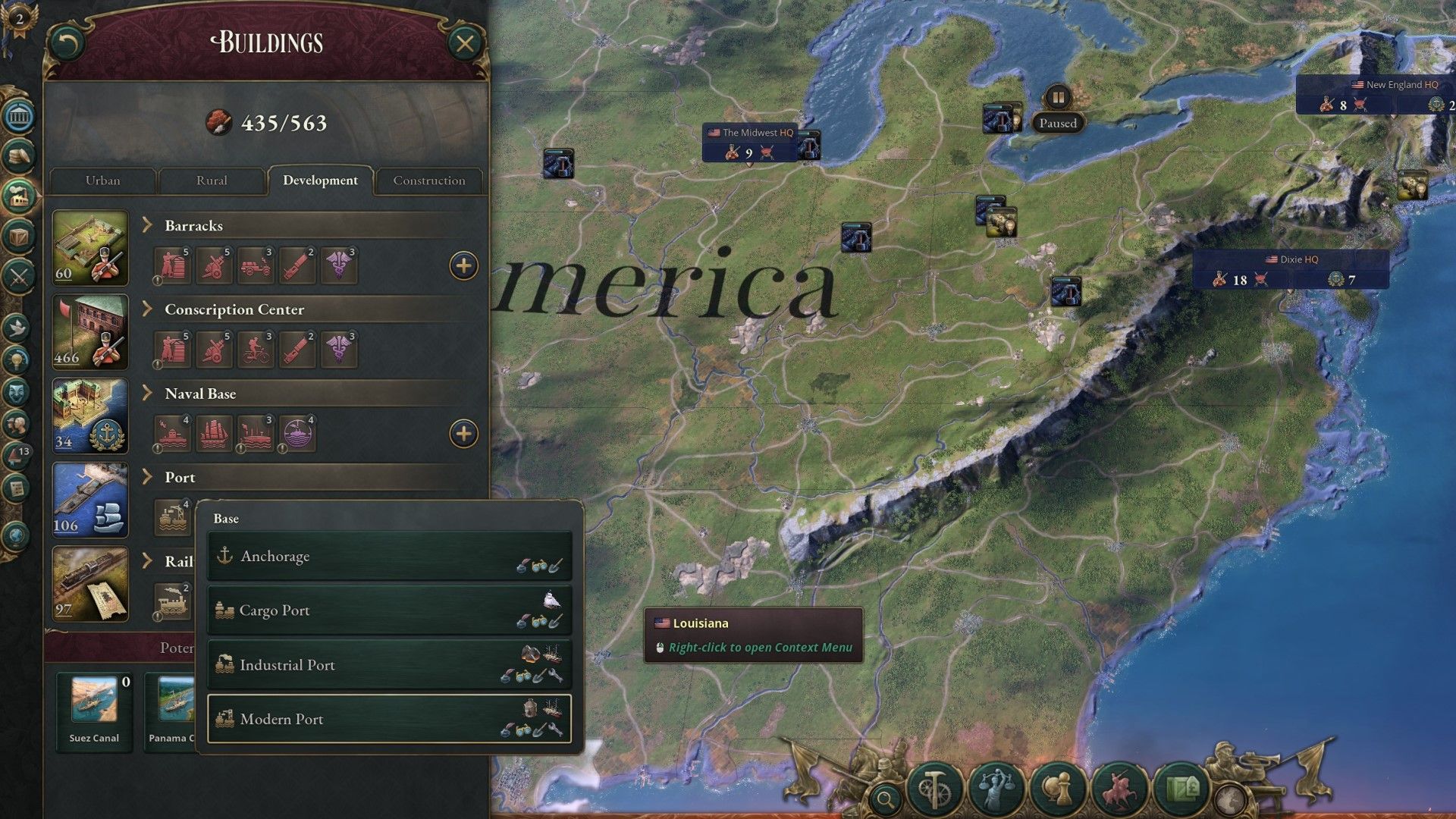
Predictive tooltips will outline the anticipated effects on the building’s balance as a result of changes in production, consumption, and wage demands, as well as the changes in employment (which new jobs will be created and which will disappear), which may also have an impact on the nation’s politics over time. If there aren’t enough qualified people to fill any newly developed professions, a warning will be given as this could limit the industry’s efficacy.
Societal effects of the Victoria 3 production methods
Production processes don’t just involve consuming and manufacturing things. The game’s ability to control more people and provide them with more state services is made possible by the bureaucrats and clerks that government administrations employ. Railways provide transportation and infrastructure by using engines and fuel (such as coal), the former of which is sold on the market and the latter of which enables the state to fund larger buildings without losing market access.
Academics working at universities let government agencies direct their research and the creation of novel concepts and technology. Buildings have the ability to create practically any type of currency, modifier, or impact, and then apply it in a variety of ways to the nation, state, or even the building itself.
Although it would appear simple to just permit the manufacturing processes that increase the buildings’ profitability, the player should be aware of the potential societal repercussions those processes could unintentionally have. While deciding between two manufacturing methods, there are various questions that may need to be answered.
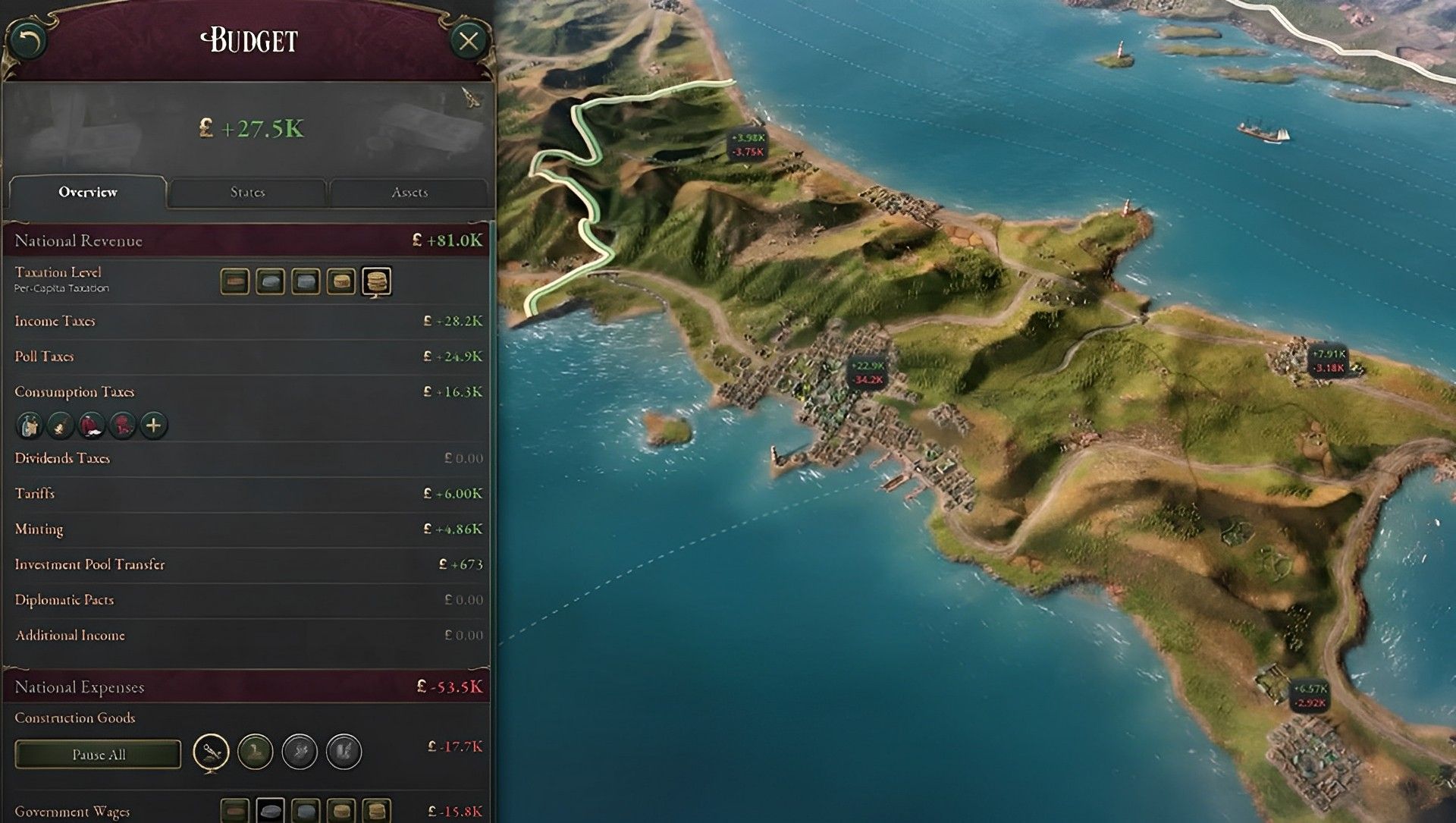
These questions might be similar to the following ones:
- Do enough people in the state possess the more specialized skills that a new procedure requires?
- Will the pay for these new positions be high enough to persuade those pops to change careers?
- Will doing so unintentionally result in the emergence of a brand-new class of wealthy machinists who may harbor pro-labor union views?
- Would the building’s already competitive and full staff prevent the improved earnings from translating to higher wages?
- Would it only lead to more dividends for the shareholders, which will be used to finance rising luxury spending?
- Will you be able to provide such luxuries on your own without having to import them, which would help your rival?
Which path is taken may depend on the degree of social mobility in the populace, the preferred political system in the nation (a socialist uprising may not be wanted), and whether or not foreign powers will ultimately gain more from the decision than the player’s country. While more profitable domestic enterprises are never a bad thing, they shouldn’t be the sole factor taken into account while creating a community.

We hope that this was a clear explanation of how you can manage your Victoria 3 production methods. If you’re not a Victoria 3 player yet, you can take a look at the game’s Steam page from this link. However, if you’re already battling your way through the game, take a look at our other guides on it and see if we can help you any further.

